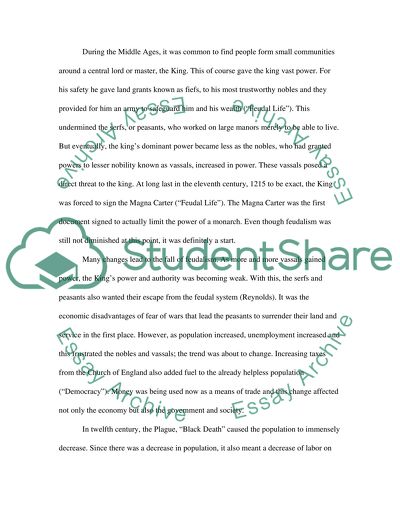Urban revolution Essay Example | Topics and Well Written Essays - 750 words. Retrieved from https://studentshare.org/sociology/1524106-urban-revolution
Urban Revolution Essay Example | Topics and Well Written Essays - 750 Words. https://studentshare.org/sociology/1524106-urban-revolution.


